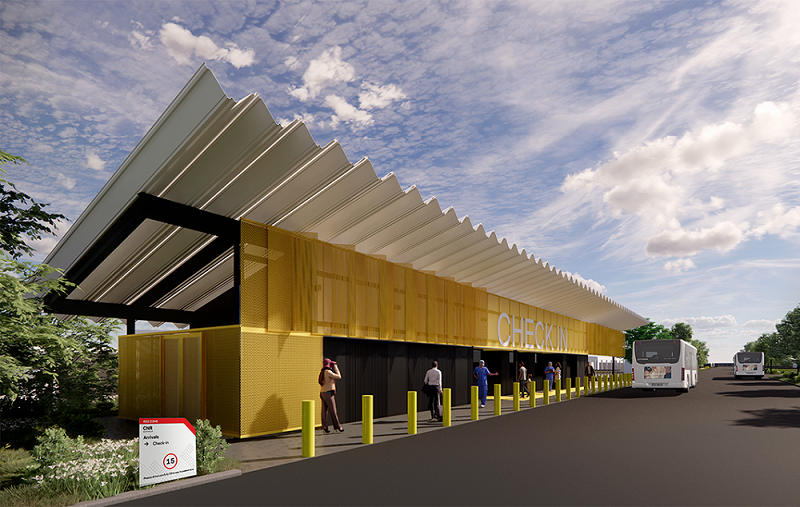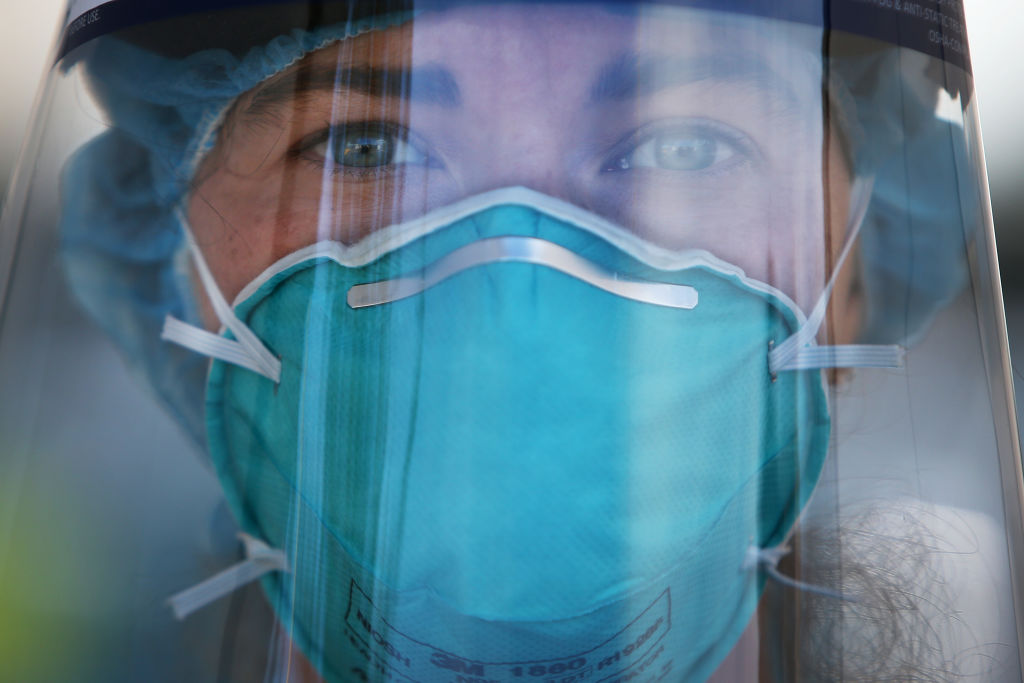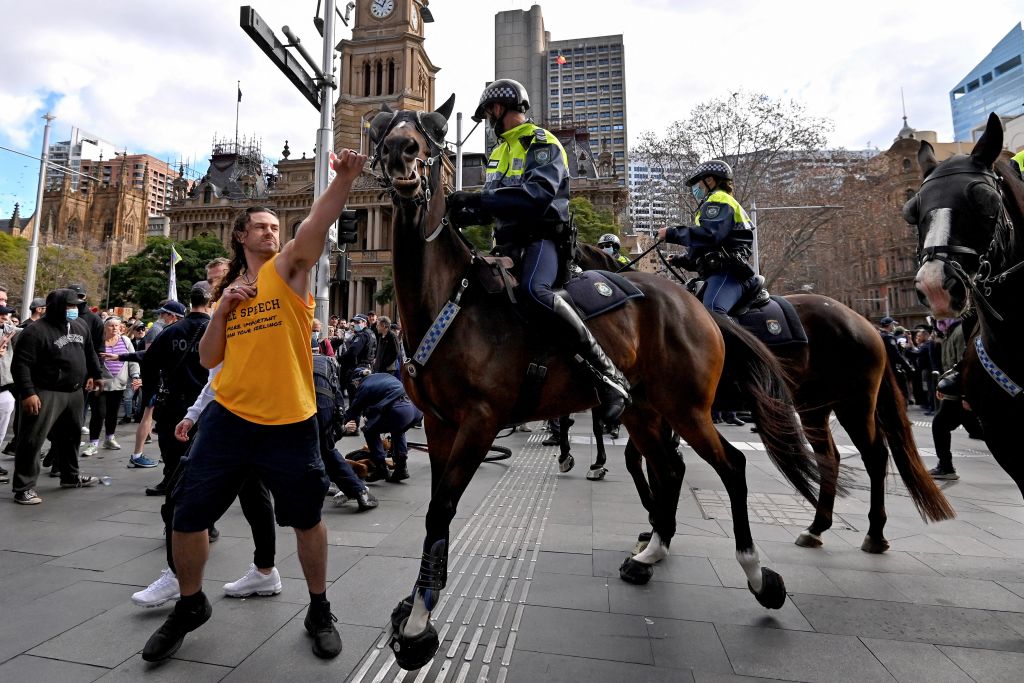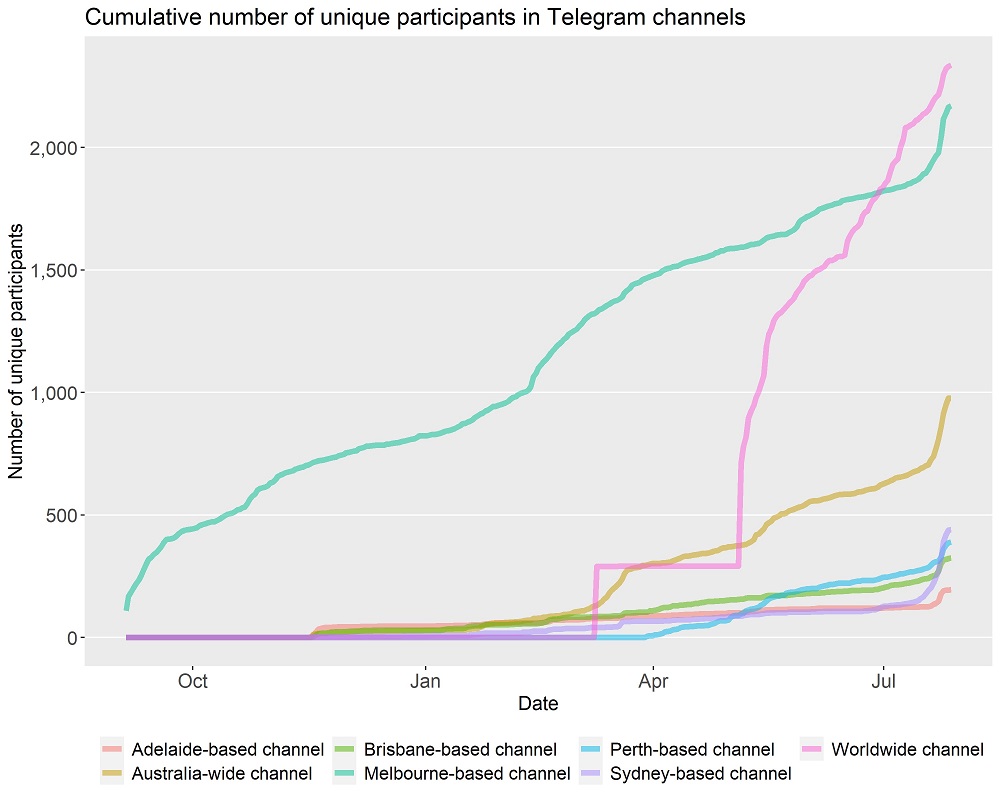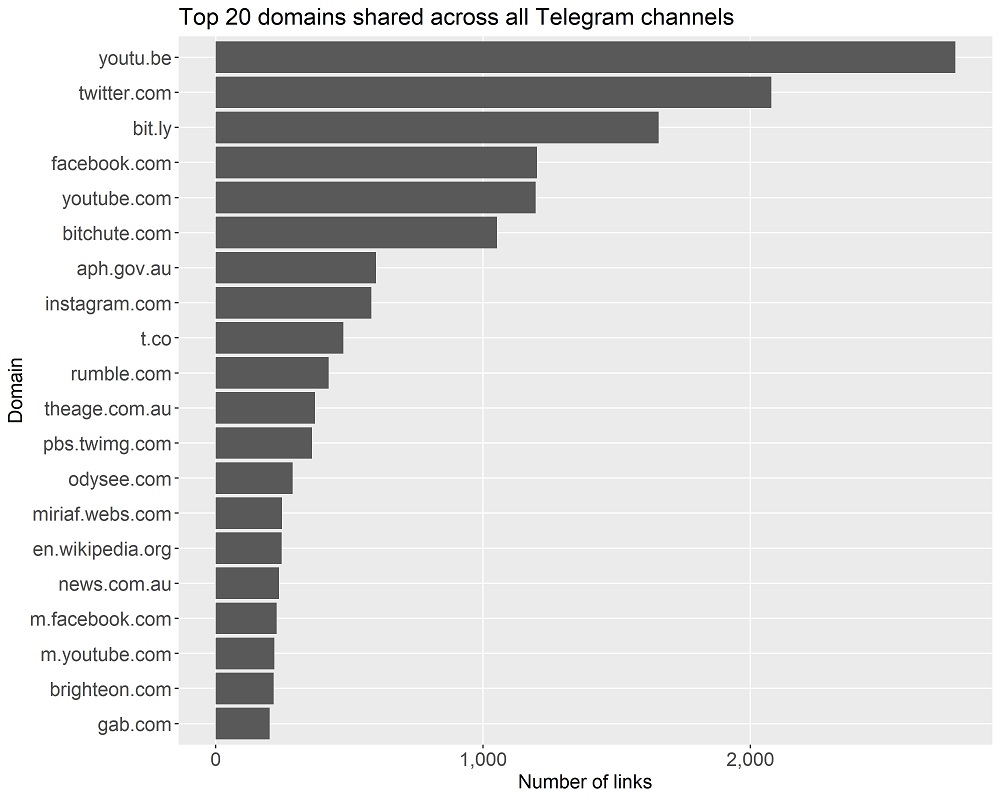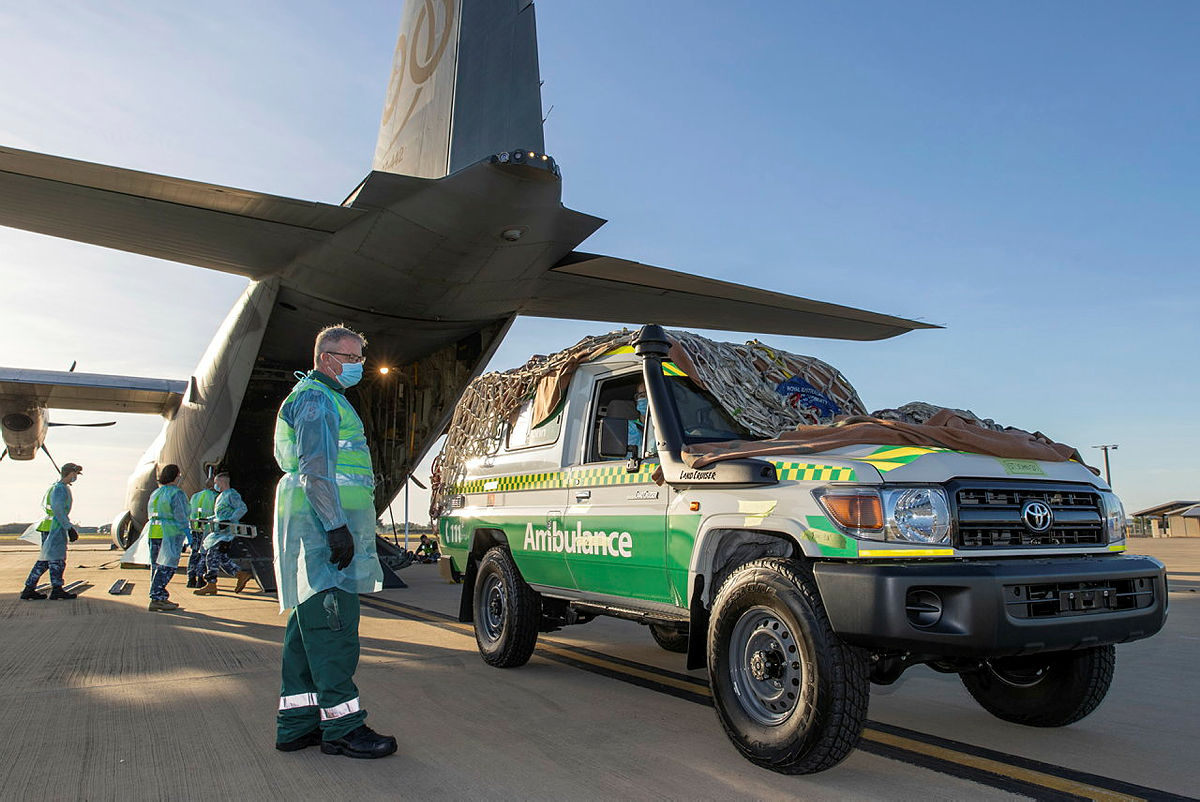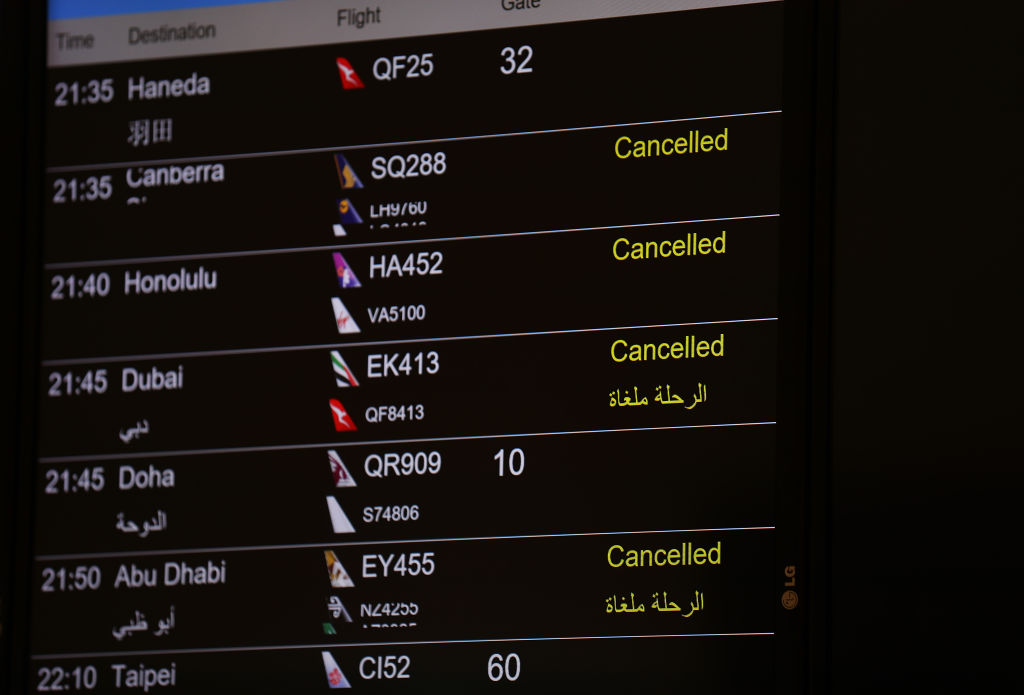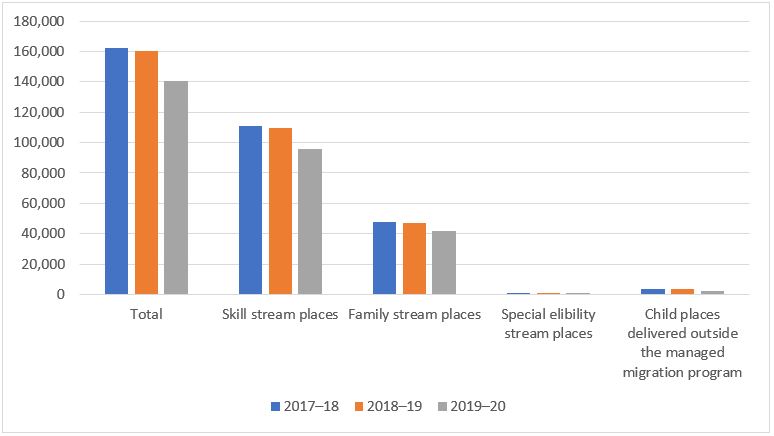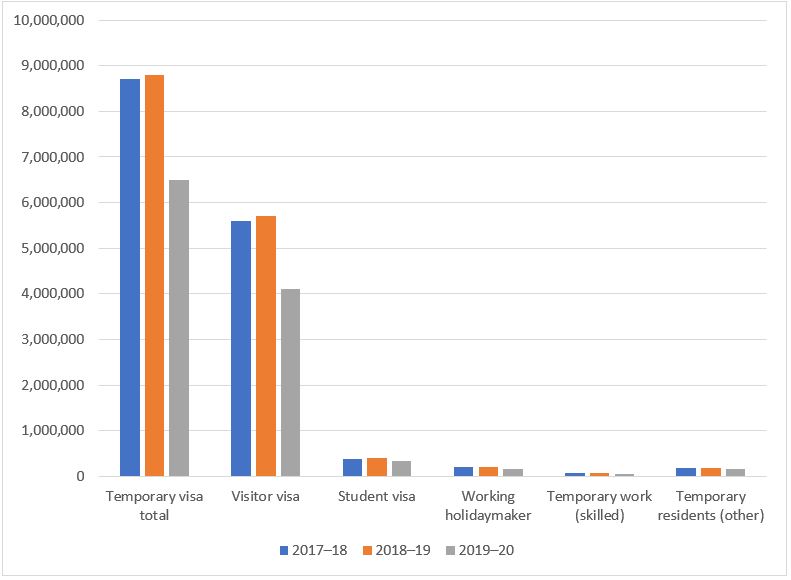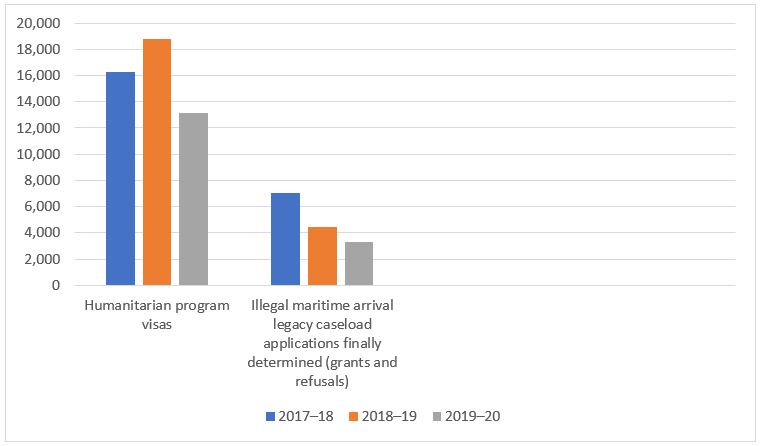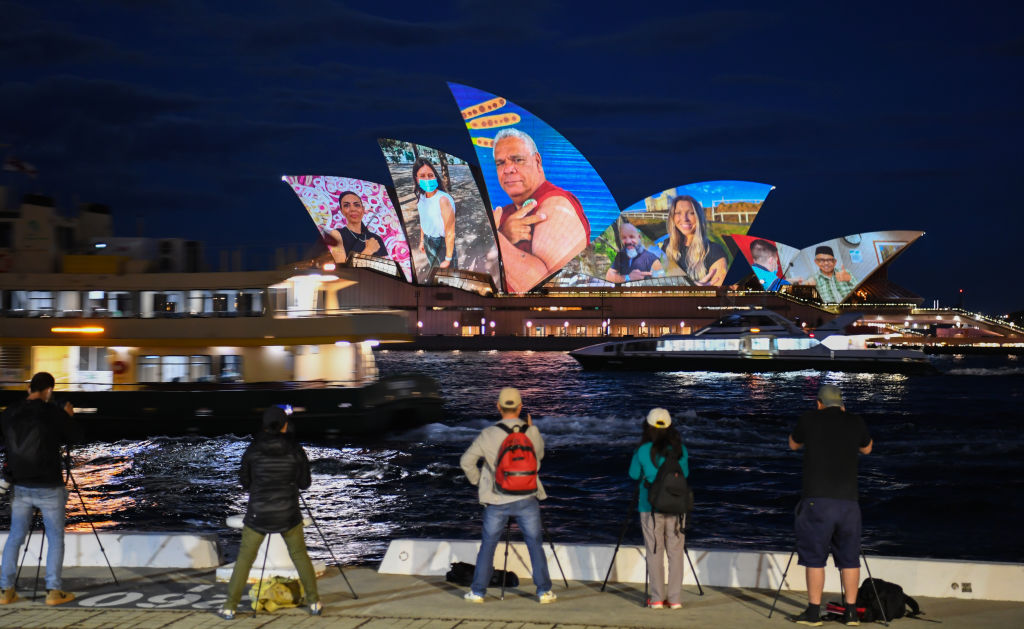
Sound the trumpets and start the drum roll, please.
Unlucky for some, as the bingo call goes, it’s time for the 13th Madeleine Award for a symbol, stunt, prop, gesture or jest.
The annual award is inspired by former US secretary of state and ambassador to the UN Madeleine Albright, who sent diplomatic messages via her lapel brooches. For La Madeleine, it wasn’t ‘read my lips’ but ‘read my pins’. Or, as Foreign Policy headlined: ‘Once more unto the brooch’.
The first of the minor Madeleines is the the OOPS! award for blooper and blunder.
France tried to confer an OOPS! on Australia for sinking a Gallic submarine. But the outstanding OOPS! effort from Emmanuel Macron was a pithy expression of his strategy to deal with the unvaccinated: ‘I really want to piss them off.’ And, voila, much pissiness came to pass. Macron nearly won the macaroon with that effort, but the raucous age of AUKUS decrees no prizes for France.
Instead, turn to the man who so embodies the OOPS! spirit that the prize is nicknamed ‘Boris’. Embracing the joys of chaos and the opportunities of fresh disasters, Boris Johnson advises the need to put dynamite under your own tram tracks to derail yourself.
The Boris award goes to Boris for his Peppa Pig speech to the Confederation of British Industry. His shambolic discussion of the merits of a porcine cartoon character prompted questions about Bojo’s mojo and whether Brits still laugh along with their tow-haired tyro.
Peppa Pig is addicted to jumping in muddy puddles and Boris certainly splattered. The betting markets give even money that the PM will exit Downing Street this year, as top Tories tot up the numbers. An OOPS! can be a heavy prize to carry.
The next award, the Orwell prize, is usually given for double-think and euphemism. China deserves to win again for decreeing that only ‘patriots’ can be elected to Hong Kong’s Legislative Council and squeezing Hong Kong’s media so hard that journalism expires.
China did diligent 1984-style Ministry of Truth work—rewrite the past to control the present and direct the future—with a new official history touching only briefly on the Cultural Revolution, ignoring the famine of the Great Leap Forward, and erasing the casualties from the crushing of the Tiananmen Square protests.
The judges, however, note that China has already won this award a couple of times, reaching towards the status of North Korea—a regime so Orwellian it’s barred from winning the Orwell.
Instead, this year the Orwell’s scope is enlarged to become an honour, not a condemnation. In an era of authoritarianism and swirling misinformation, this Orwell follows the example of the Nobel Prize given to the brave journalists Maria Ressa, in the Philippines, and Dmitri A. Muratov, in Russia.
The Nobel for Ressa and Muratov salutes a dangerous trade.
For too many journalists in too many places, editorial judgement is a calculation about how much they can say while staying alive and staying out of jail. In the arc of history, the pen is mightier than the sword, but in the daily struggle for the story the sword is large and sharp. The Orwell award goes to all those hacks who speak truth to power, one yarn at a time.
Now to the main event, the Madeleine.
The award is about the significance of props, so we note the enduring importance of the chair. The chair is a seat at the table where the choices are made. The chair is about who gets to sit. Power mixes in with issues of comfort or discomfort.
Britain promised to use the pain of a hard chair to kick along glacial negotiations with Australia. The plan was to seat the Oz trade minister ‘in the Locarno Room [in the Foreign Office] in an uncomfortable chair’ and keep him at it for nine hours. Here was fresh proof of the lore that trade negotiators must have strong bladders, high boredom thresholds and iron bums.
Chair chagrin erupted when two presidents from the European Union (one man, one woman) met Turkey’s president. The two blokes got chairs. The woman did not. The first woman to be president of the European Commission, Ursula von der Leyen, said she was left chairless not because of protocol:
I have to conclude, it happened because I am a woman. Would this have happened if I had worn a suit and a tie? In the pictures of previous meetings, I did not see any shortage of chairs. But then again, I did not see any woman in these pictures, either.
Another prop that mattered is the golden toilet brush, symbolising Russian President Vladimir Putin’s $1.3 billion palace built by the Black Sea. A video revealing ‘Putin’s palace’ as the ‘largest bribe in history’ was released by Alexey Navalny two days after he flew back to Russia to face arrest.
Navalny said he issued the exposé on his return to show he’s not afraid of the modern czar who ordered his poisoning. The palace exposes Putin’s psychology, Navalny said, ‘a Soviet officer who turned into a madman’, obsessed with ‘money and luxury’.
Navalny is now Russia’s most famous prisoner, forced to watch state television for eight hours a day to raise his ‘awareness’. Usually, his uncovering of the palace and the $850 toilet brush would make him a natural for the Madeleine. But he loses out to the cough heard around the world.
In these strange times of gloom, doom and Zoom, the pandemic tells much about the promise and perils of globalisation.
The economic historian Adam Tooze says we confront a comprehensive crisis of the neoliberal era. And equally we face the blowback from our unbalanced relationship to nature, the first great crisis of the age of the Anthropocene.
Stuck at home in New York, Tooze was a rare one who did manage to produce a book in lockdown: Shutdown: how Covid shook the world’s economy. For the rest of us, the experience was closer to that of my mate Don, a retired schoolteacher who spent Melbourne’s long lockdown teaching the grandkids: ‘It takes a village to raise a child, but it takes a brewery to homeschool a child.’
As ever, international relations theory has something to offer. After a pandemic year of homeschooling—‘operating in a condition of anarchy’—Emma Ashford and Erica Borghard gave the Atlantic Council a primer for dealing with kids drawing on the principles of deterrence, coercion, credibility, red lines and reassurance: ‘If it prevented nuclear annihilation during the Cold War, maybe it can keep the peace before bedtime.’
Last year, the 12th Madeleine went to the emblem of a dire year—the face mask. This year, the award goes to an extraordinary achievement—‘the great vaxxation’—the vaccines.
The 13th Madeleine Award goes to … the jab.
The vax achievement expresses a typical bit of Madeleine Albright philosophy: ‘I am an optimist who worries a lot.’
The word floating from Washington is that Albright takes a tolerant view of the award in her name, giving due weight to the lapel-brooches origin story.
Let us, then, channel La Madeleine and her words about the pandemic as a wake-up call for world leaders. Embrace the jab and the joy of all the jobs that need doing. Junk the international jostling and jingoism. And wash your hands!



